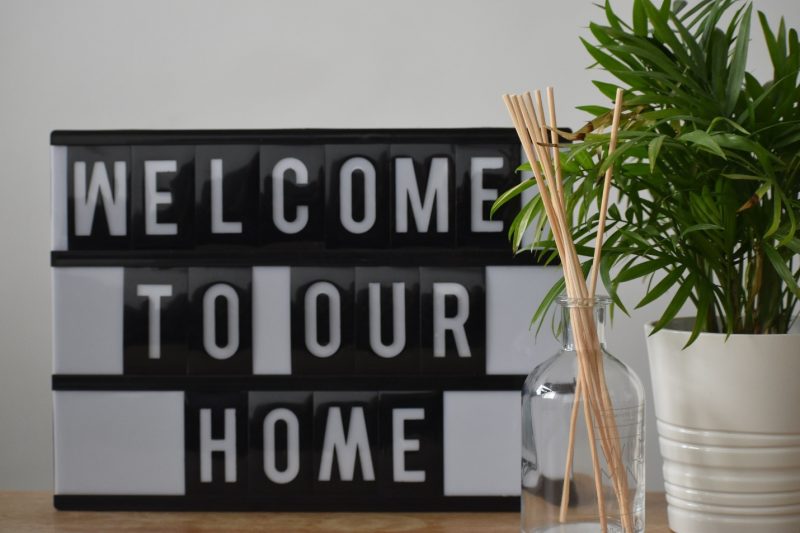
Do you ever fight this extreme urge of placing plants in your home when you are scrolling through Instagram or Pinterest? Seeing those aesthetically pleasing lush green interiors makes it so hard to resist. Then comes the healthy factor. Reading all those miracles indoor plants does while just sitting in a corner is so tempting. But the real question is why are you resisting? What is stopping you? Are you afraid of how you are going to take care of it? By the end of this article, you wouldn’t be afraid anymore.
How To Choose the Right Plant?
Choosing the right plant has everything to do with you. Ask yourself these questions and you will know exactly which plant is right for you:
- How much time can you give?
- How much space do you have?
- How much light enters your home?
- Which plant’s appearance excites you the most?
- Which health factors are you looking for?
How To Choose the Right Place?
Now that you are ready to give your home a nice and healthy decor, it is time to find the right place for your house plants. Place plants where there is light whether it’s a window, shelf, or a sideboard. It’s better to choose a window, that too which is not facing north. Any other direct is okay.
What To Do with The Light?
Do your research on the type of plant you choose. For light, you need to know where they came from. Nonetheless, light is their food! The cheat way is to place plants in a window. The best way to know that you did a great job while placing plants in your home is when the new leaves come out bigger, greener, and sturdier than the old ones.
What To Do About the Water?
The biggest mistake a beginner makes is to underestimate watering. Remember, water has the power to flourish or destroy your plants. Learn from other mistakes and follow these tips:
- Use warm water.
- Only water when the soil is dry.
- Water slowly in bits. Don’t pour all at once.
- Every day, feel the soil an inch or two to know if it is the right time.
- If it’s wet or smelly, don’t water. Your roots might be in danger.
- If it’s dry. It’s thirsty.
- If you have to choose between dry or wet soil. It is better to have a dry one.
- When watering, focus the base. Not the leaves.
- You can clean leaves with a wet cloth.
- Water left on the leaves increases the chance of fungus.
What To Look Out For?
Placing plants in your home is all fun till it starts dying and you can’t figure out why. Here is a list of things to look out for as an initial sign of warning to stop ending up with a graveyard of plants.
- Look out for mushy soil and roots coming out of the pot. They are the signs of rotting roots which are caused by overwatering.
- Look out for yellow leaves. They might be pointing out anything including too much or too little light, too hot or too cold, too wet or too dry, too much or too little nutrition, etc.
- But if the other leaves look perfectly healthy, then that one yellow leaf must be too old and probably dying. Nothing to be afraid of.
- Look out for dropping leaves. It is a result of improper care. For the first steps, look at your watering habits and if the plant is receiving enough light.
- Look out for leaves whose edges are turning black. It can be a result of too much or too little nutrients, overwatering, fungus, pests, and rotting roots.
- Look out for gnats. They are a clear sign of overwatering without giving time to the soil to dry up before rewatering.
- Look out for wrinkles leaves. It means you are not giving your plant enough water.